אריות, נמרים ופחמן, אוי אלוהים! הערכת גזי החממה של דנבר לשנת 2022
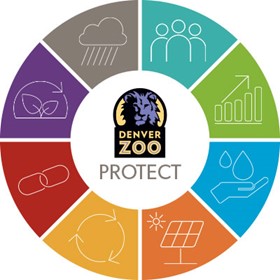
בקיץ 2023, גן החיות של דנבר שיתף פעולה עם אוניברסיטת קולורדו סטייט (CSU) Impact MBA תוכנית מלגת קיימות תאגידית לביצוע הערכת גזי חממה מקיפה בגן החיות.
מיקי סלמון, הסטודנטית לתואר שני ב-CSU Impact MBA, הובאה להוביל את המשימה ולבצע ניתוח גזי חממה (GHG) של פליטות Scope 1, 2 ו-3 של גן החיות של דנבר. הצוות בגן החיות של דנבר הבין שיש להם הזדמנות לטפל בהתחייבויות האקלים שלהם מעבר לאופק של 2025 ולעדכן את מערכת ניהול הסביבה (EMS).
מטרת הפרויקט הייתה לשנות את החשיבה ברמה הגבוהה על ההשפעה הגלובלית של גן החיות של דנבר, תוך שימוש בנתוני ה-GHG כדי ליצור יעדי צמצום חדשים ולמקד לאזורי דלי בודדים. נתוני הפליטות שנאספו על ידי סלמון יעזרו לספר את הסיפור הזה לארגון.
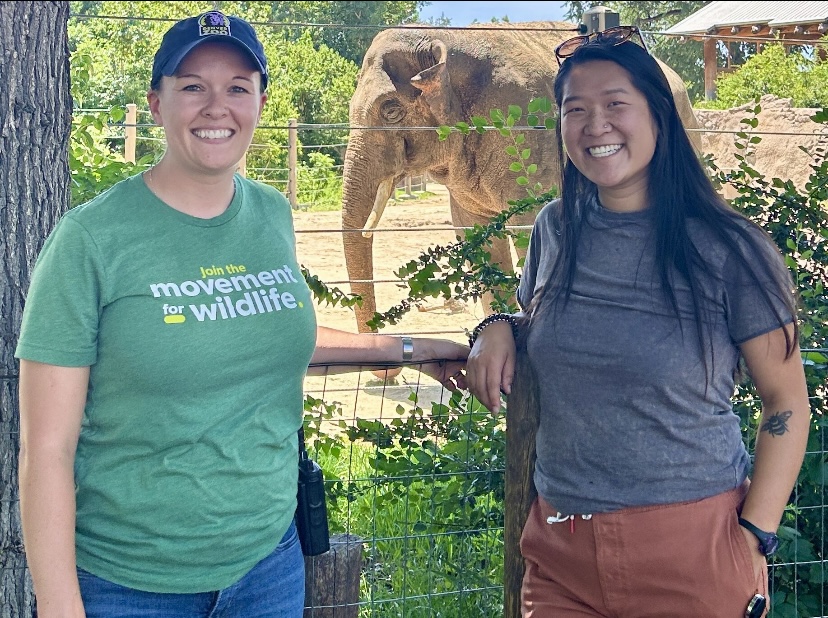
קידום קיימות
לא זר למרחב האקלים, גן החיות של דנבר מיישם עיצוב חיובי לאקלים בפעילות הקמפוס שלהם במשך שנים רבות, תוך התמקדות בעיקר במחזור מים, ניהול פסולת והסטת מטמנות. עם זאת, המנהיגות הבינה הזדמנות להתמודד עם תחום המיקוד המורכב של אנרגיה, שיכול להיות אזור האקלים הקשה והיקר ביותר להתמודדות.
יעד הפחתת אנרגיה בכל הקמפוס אומץ בסוף 2019 - ממש בתחילת מגיפת COVID-19. גן החיות של דנבר שוכן בקמפוס עירוני גדול עם תשתית ישנה מאוד. גן החיות מרחף כעת סביב הפחתת אנרגיה של 6% מרמות 2019, שהיא קטנה בהרבה מיעד הפחתת 25% – 50% של הסכם פריז.
בלייר נילנדס, מנהל קיימות בגן החיות של דנבר, הבין שהם צריכים לסגת מפרויקטים "מהנים" גדולים - סולאריים, למשל - ולהביא את הפוקוס לשדרוג ציוד מיושן כמו מערכות דוודים, מערכות תומכות חיים ומשאבות חום. "זה לא הדברים המהנים, אבל זה המעשי", אומר נילנדס.
לפיכך, הערכת גזי חממה מקיפה יזמה על ידי מועמד Impact MBA Salamon. נתוני האנרגיה של 2022 של גן החיות נוצלו ליצירת קווי בסיס חדשים וליצירת מסגרת חדשה לפעולה אקלימית ושדרוגי מערכות אנרגיה.

היקף 1
עֲבוּר פליטות היקף 1 – למשל, פליטות שנוצרו ישירות בקמפוס – מיקי סלמון התמקד בשלושת הניתוחים המסורתיים תוך שהוא כולל גם קטגוריה ייחודית לגני חיות ואקווריומים:
- בעירה נייחת – פליטות משריפת גז טבעי
- בעירה ניידת – פליטות מהובלת צי ישירה
- פליטות נמלטות – פליטות מחומרי קירור ומיזוג אוויר
- גידול בעלי חיים – פליטות הנובעות מטיפול בבעלי חיים
למרות שלא הוטל עליו חובה טכנית על ידי פרוטוקול גזי החממה, גן החיות של דנבר החליט לכלול גידול בעלי חיים בניתוח סקופ 1 זה מכיוון שגן החיות הוא הבעלים של הנכסים הללו והוא אחראי לפליטות הישירות. צוות ומנהיגות DZ הושקעו בראות אילו פליטות נובעות מטיפול בבעלי חיים, אז סלמון החליט להתמודד עם זה.
היקף 2
עֲבוּר היקף 2 פליטות – למשל, פליטות שנוצרו מחשמל שנרכש – Salamon הסתכלה על החשמל שנרכש מ-Xcel Energy, ספקית האנרגיה העיקרית של דנבר גן החיות.
עם ניתוח Scope 2, יש בדרך כלל שתי שיטות חישוב. אפשרות אחת היא לחשב באמצעות השיטה הכללית מבוססת מיקום, המבוססת על אזורי ה-eGrid שמיועדים על ידי ה-EPA. האפשרות השנייה היא שיטה מבוססת שוק המשתמשת בגורמי פליטה ספציפיים מספק האנרגיה שלך. עבור גן החיות של דנבר, שנמצא באזור הרי הרוקי, Xcel Energy מספקת גורמי פליטה ספציפיים מכיוון שהם עובדים על יעדים מתחדשים.
בסופו של דבר גן החיות השתמש בחישובים משתי השיטות כדי לבצע את ההשוואה, אך המספר המדווח בפועל יהיה הגורם המבוסס על השוק.
היקף 3
עֲבוּר היקף 3 פליטות – למשל, פליטות הנובעות מנכסים שאינם בבעלות המוסד או בשליטתו, אך משפיעות בעקיפין על הארגון שרשרת ערך - גן החיות של דנבר החליט להתמודד חלקית עם מספר קטגוריות כולל:
- נסיעות עסקים
- הסעות עובדים ומתנדבים
- נסיעות אורחים
- הובלה של בעלי חיים
- פסולת המופקת באמצעות פעולות
- רכש תזונת בעלי חיים
סלמון בחן צורות רבות של נסיעות לקמפוס וממנו, כלומר נסיעות עובדים (הכוללות צוות ומתנדבים), נסיעות עסקים ונסיעות אורחים. נסיעות אורחים הן קטגוריה שאינה מחויבת לדיווח עדיין תוצאות כחלק עצום מהפעילות העסקית. "לגן החיות של דנבר יש סקר מעקב דמוגרפי מקיף של אורחים", אומר סלמון. "הם עושים סקר דו-שנתי והיו שם המון נתונים; החשיבה הייתה לראות מאיפה אנשים מגיעים ואת הפליטות הנובעות מביקור".
גן החיות של דנבר גם רצה להתמקד בתנועות ובהובלת בעלי חיים מכיוון שכמות גדולה של הובלת בעלי חיים מתרחשת לאורך כל השנה (בשנת 2013, למשל, הובא פיל מבלגיה לגן החיות). שוב, למרות שזו הייתה קטגוריה שאינה חובה או נדרשת במיוחד, סלמון הרגיש שחשוב לטפל בגן החיות קטגוריה 4: הובלה והפצה במעלה הזרם תֶקֶן.
לבסוף, הקטגוריות הנותרות בהן התמודדו היו פסולת שנוצרה בתפעול ורכש, שהיא עצומה בגן החיות (וברוב הארגונים) ונוטה להיות מסיבית ורחבה. סלמון לא הצליח לבצע את כל הניתוח מסיבה זו, והחליט להתמקד יותר ברכש הקשור לצוות המזון והתזונה של דנבר גן החיות.
איסוף נתונים
סלמון קבע פגישות עם צוות תפעול שונים בגן החיות של דנבר במהלך הקיץ, וביקש את זרמי הנתונים השונים הדרושים לביצוע ביקורת גזי חממה. סלמון מספרת שהתמזל מזלה בכך שרוב הנתונים כבר נאספו וניתן היה לשלוף אותם בקלות יחסית.
גיליון אנרגיה גדול כבר נצבר עם סכומים, קילוואט שעות ומגה וואט שעות לבניין. עבור נסיעות צי, סלמון שפך על ספרי הקילומטרים כדי לקבוע את פליטות התחבורה של הצי של גן החיות. עבור נסיעות עסקים, היא ביקשה מעוזרת ההנהלה לשלוף נתונים מרישומי הנסיעות של המנהלים. סלמון נפגשה גם עם מנהלת שימור השטח של גן החיות, שהיא די נלהבת מקיימות - היא הצליחה לשלוף מספרים על טיסות, מספר הצוות שנסע, לאן הם הלכו, כמה זמן הם היו שם וכו'. לגבי נסיעות עובדים, סקר עבור נסיעות עובדים כבר נוצרו וסלמון יצר סקר נוסף לאיסוף נתוני נסיעות מתנדבים.
"היה מעניין במיוחד להתחקות אחר המידע על בעלי החיים", אומר סלמון. "גן החיות של דנבר משתמש במה שנקרא 'הרשם', שיכול למשוך כל סוג של נתונים שאני מעוניין בהם. קיבלתי גם סיסמת כניסה לתוכנת המעקב של גן החיות: גישה לכל קבצי החיות שלנו, ערכים בתוכן שלהם. משקלים, הערות והזרימה היומית של נתונים - בדומה לבית חולים שמנהל תיעוד של פרופילי בריאות".
מעקב אחר פסולת כבר היה במקום מאחד ממתאמי גן החיות ומידע על תזונת בעלי חיים נאסף באמצעות שיתוף פעולה עם מנהל התזונה של גן החיות.
מחשבוני גזי חממה
בסופו של דבר סלמון ביצעה את החישובים בעצמה על סמך קריאת ה פרוטוקול גז החממה סטנדרטים ולאחר מכן ניצול מחשבון גזי חממה פשוט של EPA כדי לאמת את התוצאות הללו. SIMAP, פלטפורמה לחשבונאות פחמן וחנקן, היא עוד כלי מקיף לניתוח גזי חממה, אך סלמון מצא שהמחשבון הפשוט של EPA בקוד פתוח הוא המועיל ביותר מבחינת הקטגוריות הקשורות לגן החיות.
תוצאות
בסוף הקיץ, סלמון העבירה את ניתוח הפליטות והמצגת שלה לשנת 2022 לצוות ולמועצת ההנהגה של דנבר גן החיות.
לתוצאות הסופיות, סך הפליטות של גן החיות של דנבר בסופו של דבר היה קצת יותר מ-12,000 טון של CO2. סך היקף 1 (בעירה ישירה) של גן החיות היה 3,526 טונות של CO2. סך סקופ 2 (חשמל שנרכש) עמד על 4,212 טון CO2. לבסוף, סך Scope 3 היה 4,495 טונות של CO2. "בהסתכלות על תרשים העוגה, כל השלישים שווים יחסית, דבר שלא נפוץ כשעורכים ביקורת גזי חממה הכוללת סקופ 3", מודה סלמון. "בהתבסס על הקטגוריות שמופו, אם כל הרכש היה מטופל יחד עם כמה היבטים אחרים של שרשרת הערך שלנו בהיקף שלוש, נתון הפליטות הסופי היה גבוה יותר."
מיקי סלמון בסופו של דבר התחבר לחברת ייעוץ שעובדת בצמוד לגני חיות ואקווריה. החברה דיווחה כי ישנם ארגונים בעלי שם גדול שעושים מלאי אך לא מפרסמים את המספרים הללו. סלמון הצליח למצוא ביקורת אחת דומה מגן החיות של פילדלפיה שהייתה בת כמה שנים. הפליטות שלהם היו בטווח של 8,000 טונות של CO2 והם ביצעו ניתוח רק בסקופ 1 וסקופ 2.
בכל מה שנוגע לגני חיות ואקווריות - ולגודלו והיקפו של גן החיות של דנבר - 12,000 טון מטרי של CO2 הם בעצם אמצע הדרך. גן החיות נמצא בדיוק בקנה אחד עם ארגונים רבים אחרים בגודל דומה.

טייקים והמלצות
נתונים מודיעים על קבלת החלטות.
ההמלצה של גן החיות של דנבר למוסדות המעוניינים להתחיל בחישוב הפליטות שלהם היא לקרוא את פרוטוקול גזי החממה תקנים, כמו גם WAZA שיצא לאחרונה מדריך פחמן. חשבו על הנתונים שיש לכם ועשו כמיטב יכולתכם. גישה לנתונים כמידע טהור; זה לא טוב או רע, זה פשוט הוא.
ביצוע מלאי פליטות נותן לך יעדים מדידים ומבוססים מדעיים שניתן להשתמש בהם כדי לזהות את היעדים החדשים של המוסד שלך.
כעת, כאשר לגן החיות של דנבר יש נתונים על הפליטות האמיתיות שלהם והיכן צריכת האנרגיה היא הגבוהה ביותר, זה מאשר עוד יותר את הצורך להתמקד בהפחתה ושחרור פחמן: התייחסות ליעילות אנרגטית, חשמול הרשת ותמיכה ביוזמות קהילתיות באזור.
זה גם מאמת את התהליך. אם אתה חושב על דרכים לעודד את ההנהגה והמנהיגות הארגונית שלך ליישם פתרונות אקלים, עריכת מלאי פליטות והצגת התוצאות היא הזדמנות מצוינת להדגיש נקודות מינוף ותחומי התערבות.
"וזה כנראה טיעון נבון להציג בפני דירקטוריון", אומר סלמון. "אי אפשר באמת להתווכח עם הנתונים האמפיריים. אם אנחנו רוצים לראות את הפליטות יורדות, אנחנו צריכים להתמקד בזה".
השפעה MBA
אם מעוניינים להתמודד עם עבודת פעולת אקלים תוך שיתוף פעולה עם הדור הבא של מובילי מחשבה וקובעי מדיניות, שקול לארח השפעה MBA סטודנט במוסד שלך.
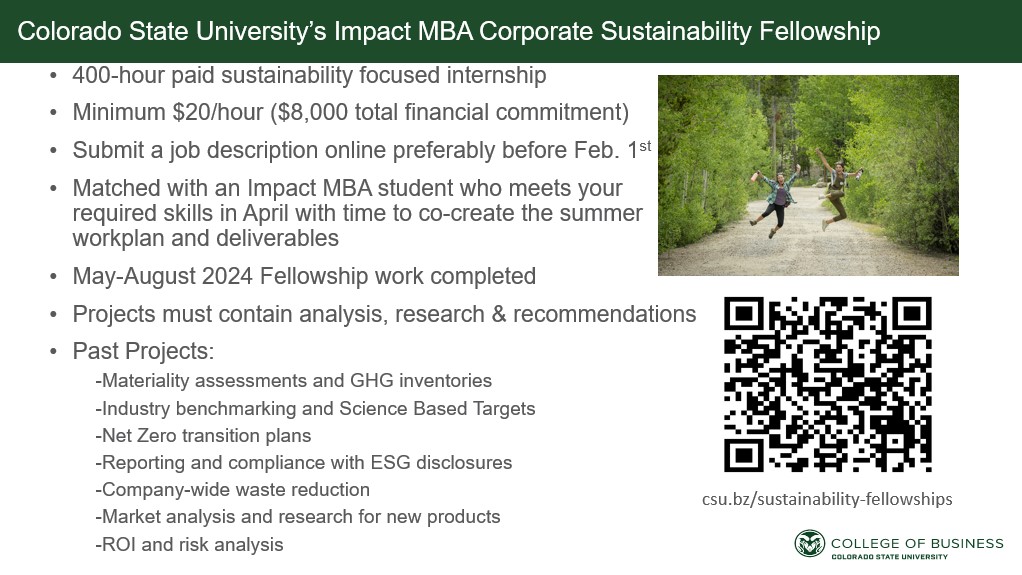
אנא צור קשר עם קתרין ארנסט, מנהלת Impact MBA, למידע נוסף:
קתרין ארנסט
מנהל, Impact MBA
970-692-1421
Kat.Ernst@colostate.edu
אֶמְצָעִי
- מדיניות קיימות של גן החיות של דנבר
- שמונה יעדי קיימות עדיפות של דנבר גן החיות
- גן הפחתת פחמן של WAZA לגני חיות ואקווריה (האיגוד העולמי לגני חיות ואקווריומים)
- מחשבון פליטות גזי חממה פשוט (הסוכנות להגנת הסביבה)
- תקני GHG (פרוטוקול גזי חממה)
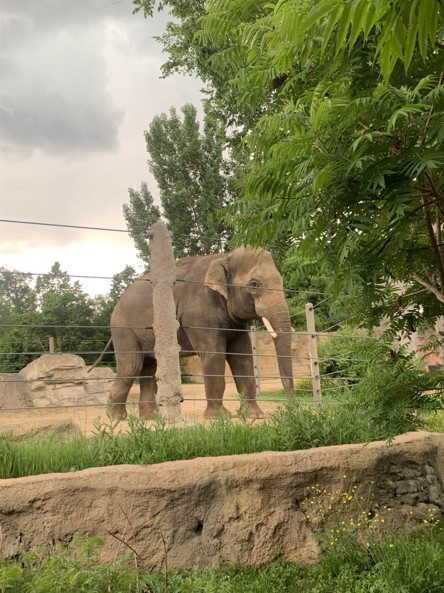
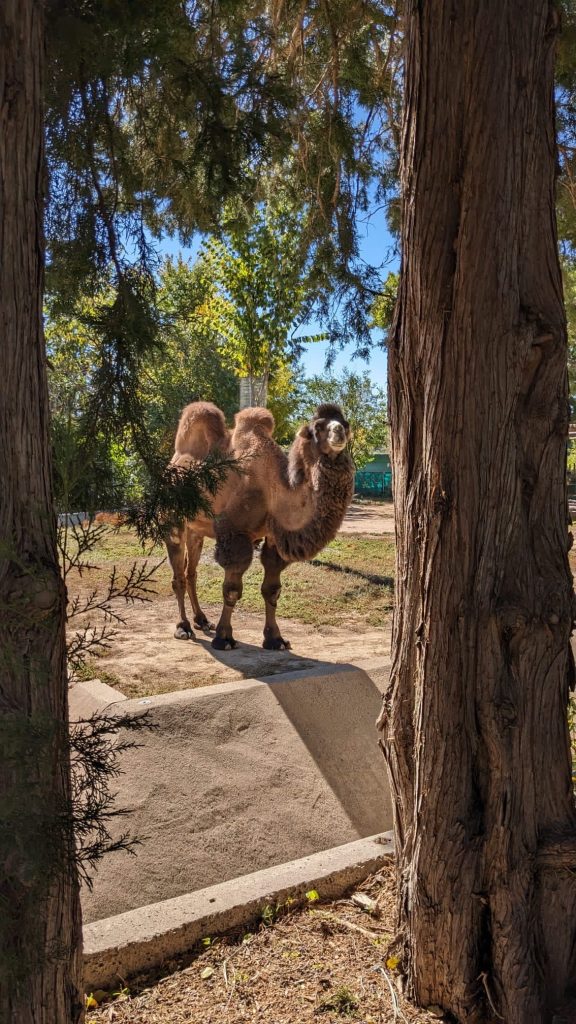
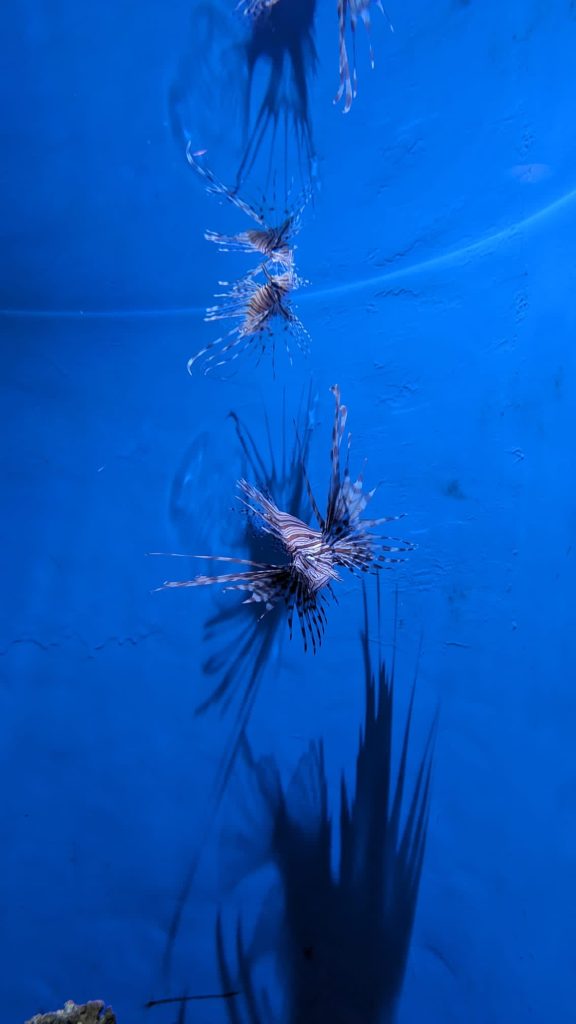

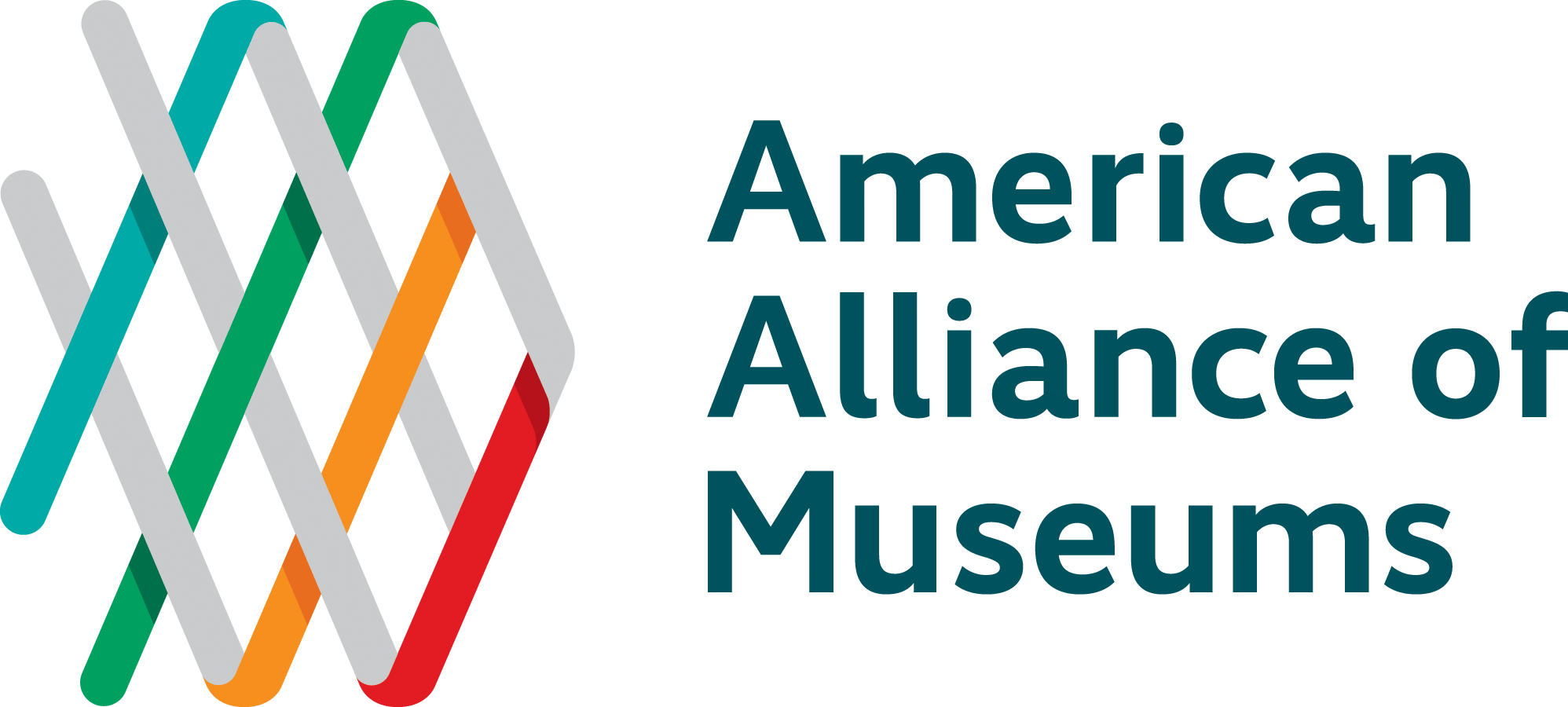

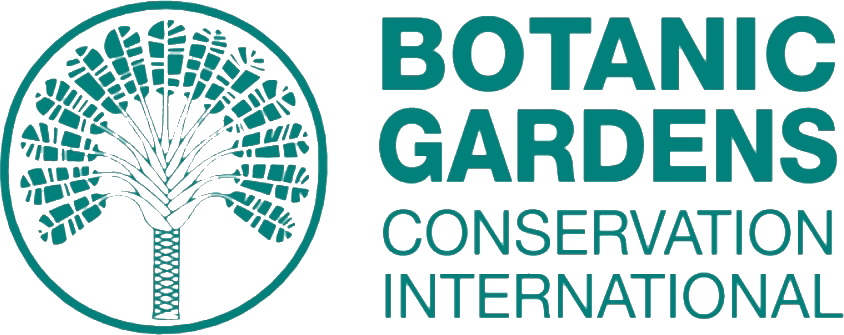



תגובות אחרונות